Despite Chevy’s notoriety for reliable V8s, a few variants of the Chevy 6.0 V8 have some serious issues to consider when car shopping.
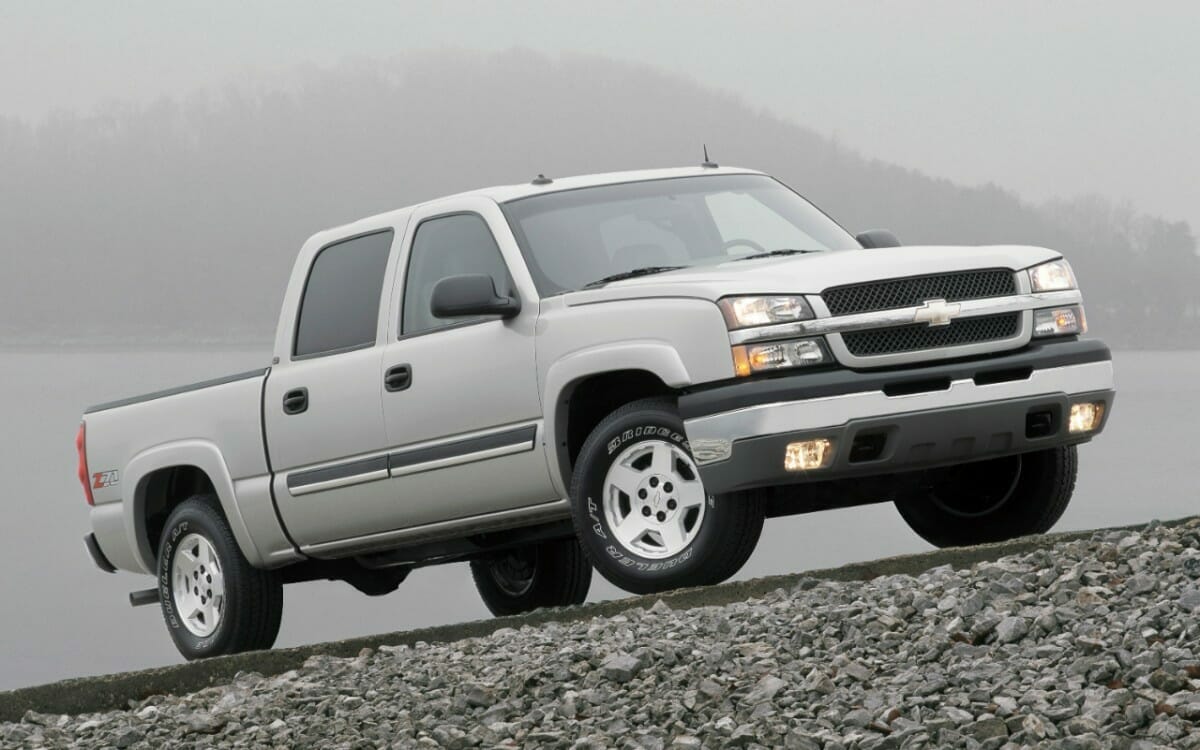
From the original Chevrolet small-block V8 that debuted decades ago, to the Vortec Chevy 6.0, 4.8, and 5.3 and the current lineup of V8s, Chevy’s eight-cylinder engines have been notorious when it comes to reliability.
Since its start, the Chevy small-block has gone through several generational changes. Though, throughout the years, the basic architecture has remained the same. It’s a classic cam-in-block pushrod V8 that you can safely rely on — for the most part.
The 6.0-liter V8, also known as the Vortec 6000, made its first appearance in 1999 with the debut of the truck-going version of the Chevrolet small-block V8. These engines, which also include the 5.4-liter V8 and 4.8-liter V8, share the same platform as the iconic LS1 and LS series of engines that are known for their power capabilities and longevity.
Throughout the third generation, there were a couple of different variants of the Vortec 6000, including a high-output variant known as the Vortec 6000 HO or Vortec Max. Effectively, though, all generation-three 6.0-liter engines are virtually identical.
In 2007, the Vortec 6000 moved forward with the next generation of the small-block V8. Generation-four brought the addition of technologies to help further the efficiency of the almighty V8. This included the addition of Chevy’s Active Fuel Management, a cylinder deactivation system that shuts down cylinders when not under excessive load to save fuel, and variable valve timing.
The 6.0-liter V8 was done away with when Chevy switched solely to using the fifth-generation small-block V8. However, the 6.0 remained an option through the 2019 model year Chevy and GMC trucks and SUVs, leaving plenty of options for all sorts of budgets in the used market. If you’re looking to purchase a 6.0 vehicle, what should you be looking out for to ensure you’re getting a reliable ride?
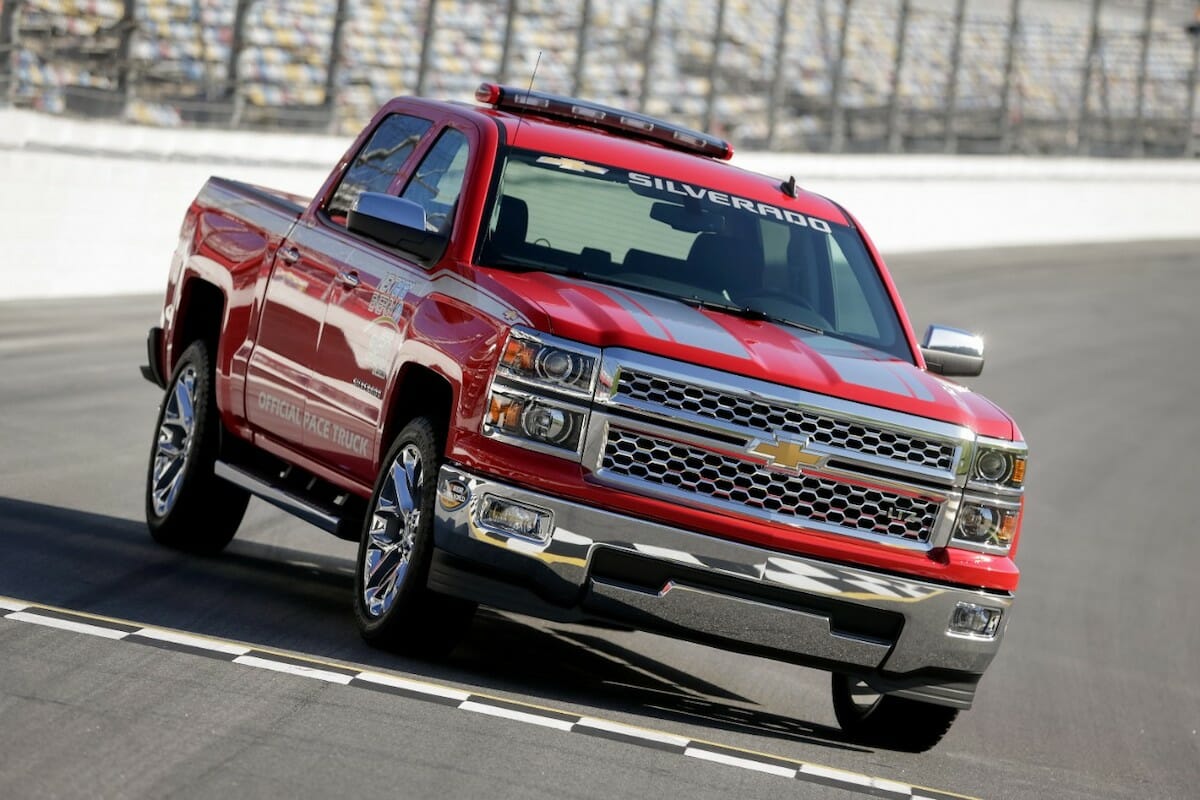
Vehicles With the 6.0 Engine
GM put the gen-three small-block V8 in just about every Chevrolet and GMC Truck, Van, and SUV. However, it was generally offered as an engine upgrade option over the 4.8-liter V8 or the 5.3-liter V8.
Generally speaking, the 6.0 offers a bit more grunt in the torque and horsepower department, though some fuel economy is sacrificed. This is especially true in the earliest variants of the 6.0 — although later gen-three examples do a bit better on gas.
The generation-three Vortec 6000 is found in Chevrolet models like the Suburban, Silverado, and the Express van. Additionally, it is also under the hood of GMC Sierras, the Yukon Denali, and the Savana work van. Finally, it is also in the Hummer H2.
The high-output Vortec Max is found in the Cadillac Escalade; the Chevrolet Silverado SS and HO editions; the GMC Sierra HO Edition; and the Sierra and Silverado Classic Vortec Max.
Gen-four variants of the Vortec 6000 also come in a plethora of GM chassis ranging from 2007 to 2019. You’ll still find them in the Chevy Silverado, Suburban, and Express, as well as the GMC Sierra, Yukon, and Savana. Furthermore, they also remain in Cadillac Escalades.
Additionally, another 6.0-liter V8 from the fourth-gen small-block family is the LS2, found in the Pontiac GTO, Chevy Corvette, and Cadillac CTS-V.
While these engines are generally considered reliable, there are a handful of issues to keep an eye out for with both the third and fourth-gen variants of the 6.0-liter V8. As always, be sure to request the vehicle’s service history and run the car’s VIN through a reliable research tool before purchasing to make sure you’re buying a well-maintained vehicle.
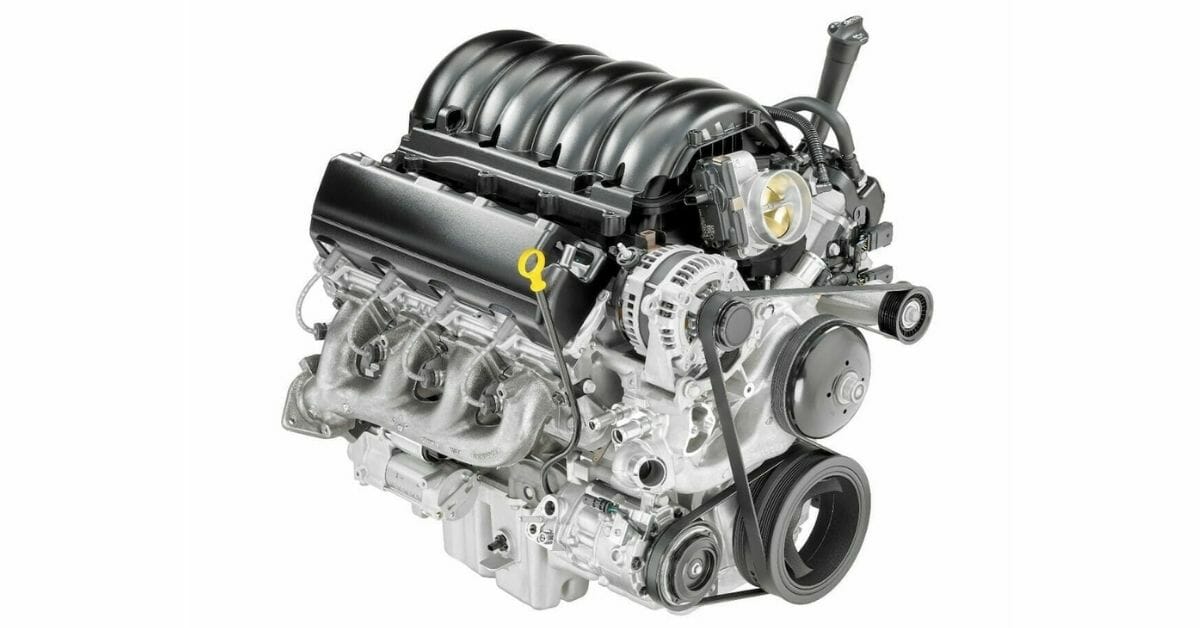
Generation-three Vortec 6000 Problems
In general, the entire fleet of gen-three small block engines is nothing short of relentlessly trustworthy. Most issues they face come with age. However, despite some small things, these engines are renowned for regularly lasting well into the 200,000-mile range, with some even breaching 300,000 miles and still starting up every day. As with anything, good and consistent maintenance will serve you right.
However, here are some things to look out for when shopping for a gen-three Vortec 6000 truck, van, or SUV.
One issue you may run into during ownership of a Vortec 6000 engine is a failing Throttle Position Sensor or TPS. The TPS provides data on how open the throttle is to the ECU at the throttle body. The data is the ECU’s reference for how much air is coming into the engine, which tells the ECU how much fuel is needed.
So, when these readings are wrong, it can cause engine misfires; irregular shifting; jumping engine rpms; rough running and idling; and lack of power due to lean or rich fuel conditions.
On a test drive, these issues would be fairly obvious. If you run into these problems, though, it isn’t the end of the world. Often owners or mechanics can simply clean the TPS to resolve the issue. If it does need replacing, though, the TPS is easily accessed on the engine’s throttle body, and a replacement part is under $30.
Another common issue with the Vortec 6000 is exhaust leaks due to failing exhaust studs, which, in extreme cases, can break off completely. This requires the removal of the exhaust manifold and extraction of the broken stud. While studs are generally just a few bucks, it can be a lot of work to remove them.
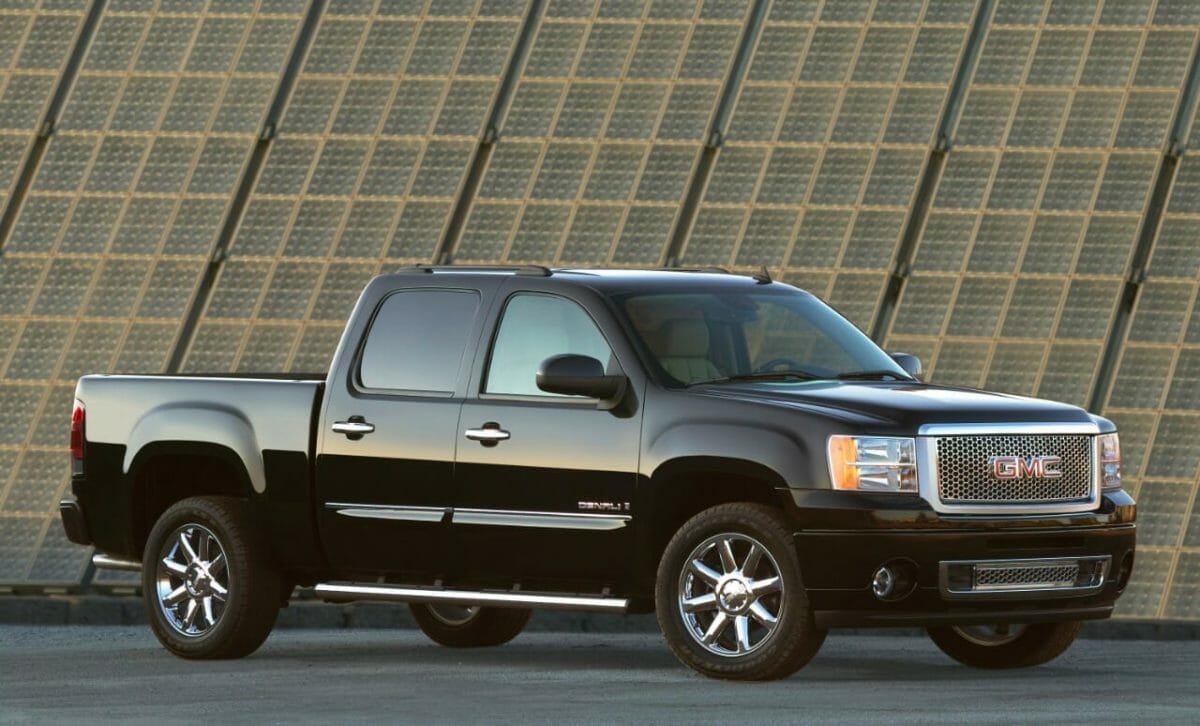
Gen-three Vortec 6000: More Issues to Consider
Another common failure point for the Vortec 6000 is the knock sensors. When they fail, they can tell the ECU the engine is knocking. This will cause a check engine light and may put the vehicle into limp mode, restricting power to preserve the engine.
Again, while these parts are inexpensive, it can be quite a chore to replace them. This is especially true in the case of the knock sensors. They are located beneath the intake manifold in the valley on the top of the engine block between the cylinder heads. Replacement of these sensors requires the removal of the entire intake system, including the manifold.
Though this job can be quite daunting, those with a little experience with tools are capable of doing it in their driveway. Additionally, it isn’t the most time-consuming job out there, so it shouldn’t break the bank to have a mechanic do it.
Regardless, it’s best to see if they have already been replaced before purchasing the vehicle. The same can be said with the throttle position sensor and exhaust manifold studs.
Finally, both third and four-gen Vortec 6000s will occasionally suffer from a failed water pump. The water pump is also relatively easy to access as it is right on the engine block’s front. This is a relatively common occurrence on vehicles over 150,000 miles. So, if you’re looking at a higher mileage example, be sure to check the service records for a water pump replacement as well.
All in all, the third-gen Chevy 6.0 problems mostly pertain to regular maintenance and affordable parts that need replacing. They don’t have any common major failures that result in the destruction of the engine. If it’s well maintained, it’s likely good to go for thousands of miles to come.
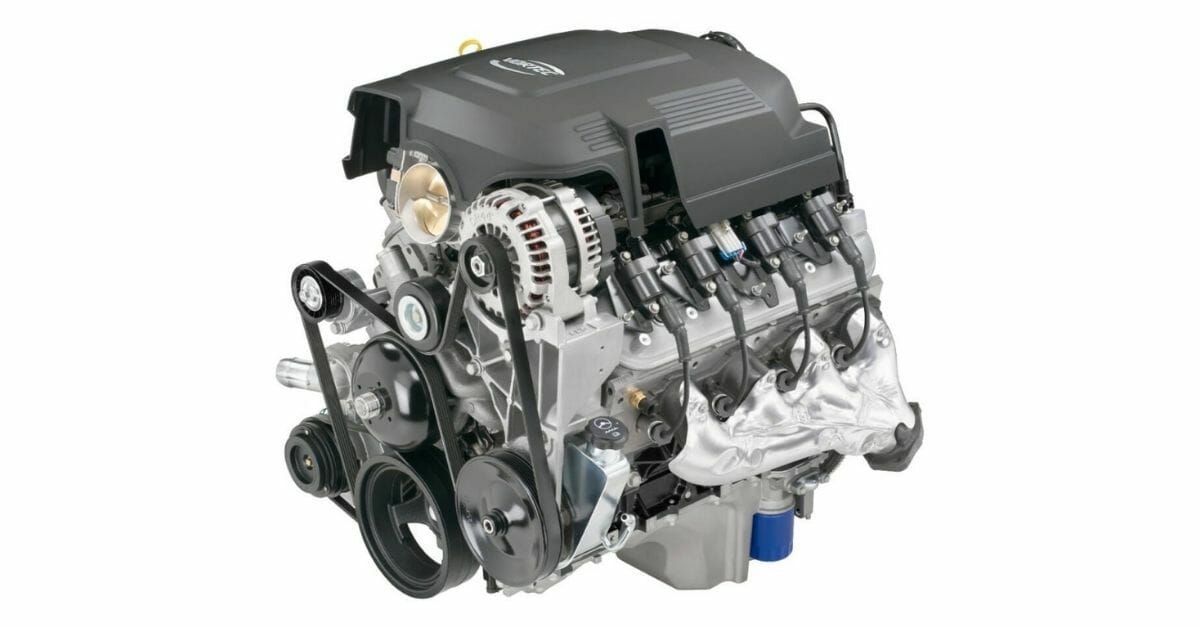
Generation-four Vortec 6000 Problems
The fourth-gen Vortec 6000 is a bit of a different story, however. It and the whole lineup of fourth-gen small block engines have two detrimental issues pertaining to the Chevy Active Fuel Management system that can result in some pretty major engine failures if they are not properly handled.
Chevy’s Active Fuel Management system features a pressure relief valve within the engine’s crankcase and, in some conditions, will spray excessive oil that can get past piston rings and into the PCV system. The result is excessive oil consumption as outlined in an official GM release Technical Service Bulletin (TSB). The TSB also outlines a faulty valve cover design that can allow oil to be sucked from the valve train into the intake manifold, adding to the excessive consumption of oil.
Major problems that can come from these issues include premature fouling of spark plugs and oil starvation. Fouled spark plugs can fail to properly ignite fuel or fail to spark entirely, causing misfires and improper air to fuel ratios, creating a substantial lack of power and proper performance. Worse yet, oil starvation can destroy engine bearings, cylinder walls, and piston rings. In some cases, these issues could result in complete engine destruction if left unresolved.
Currently, there is a class-action lawsuit against GM regarding gen-four small block engines and these oil consumption issues due to the Active Fuel Management system.
One solution to the problem is to deactivate the Active Fuel Management system entirely. This can be done by disabling it in the ECU via a tuner or installing an AFM delete kit. Though, this can be a pricey solution either way.
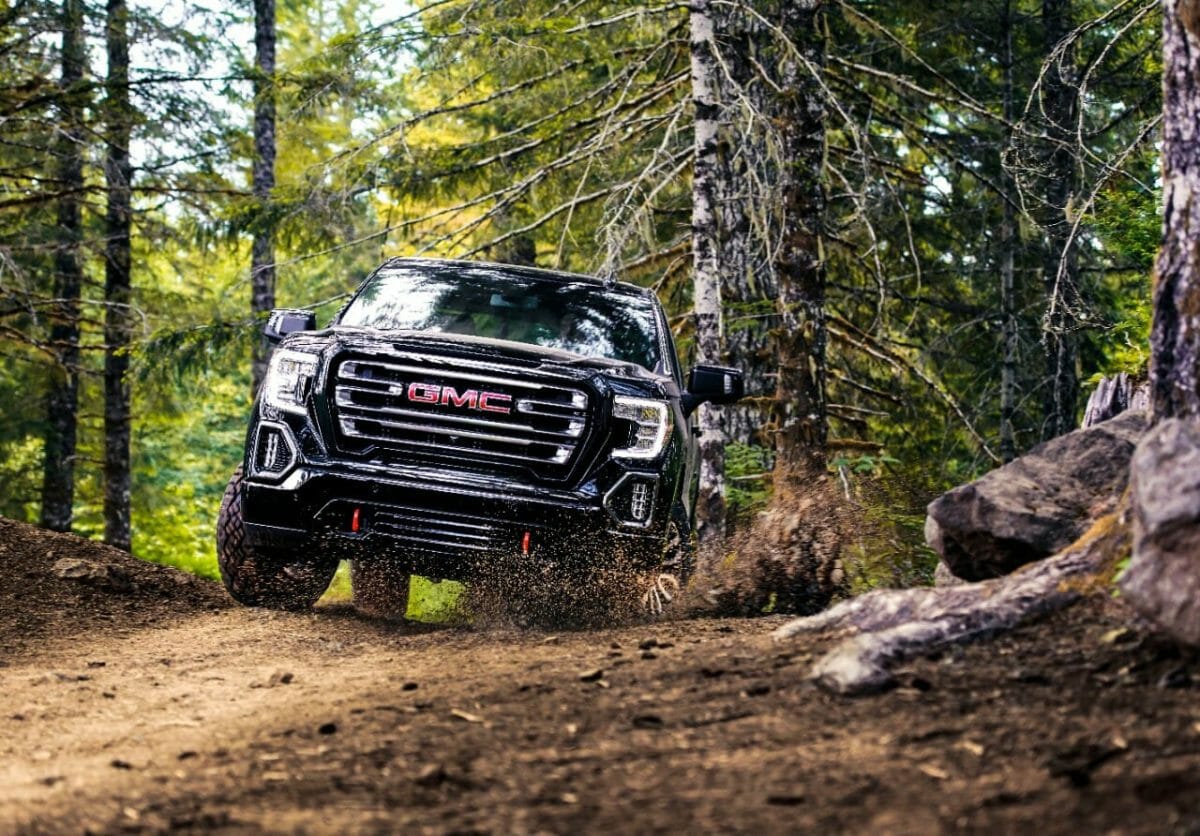
Should You Buy a Vortec 6000 Engine?
If you are in the market for a truck, SUV, or van with a Vortec 6000 prior to the year 2007, you absolutely should not hesitate to buy one. That is, as long as it is in good condition and has been properly maintained. Shoppers can regularly find gen-three 6.0 equipped vehicles well under $10,000 with years of life left in them. When properly maintained, they will take good care of you, whether you’re hauling toys, work equipment, or your family.
If you are in the market for a newer Vortec 6000 powered vehicle, though, we suggest you tread lightly. If you can find a clean example that has had the TSB repairs done to resolve the Active Fuel Management oil consumption issues or find one with AFM disabled, you are likely in the clear.
That being said, if you are in the market for a nearly new secondhand vehicle, a certified pre-owned vehicle equipped with the Ecotec3 5.3 or 6.2-liter V8 that replaced the problematic gen-four Vortec engines is a much safer play. As always, it’s important to know a vehicle’s history when purchasing used. If you do your research and practice due diligence, you’re likely to wind up with a vehicle you enjoy.
Photos: Chevrolet
